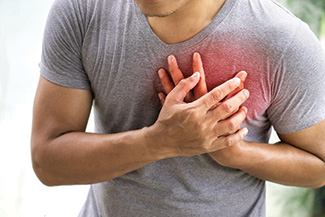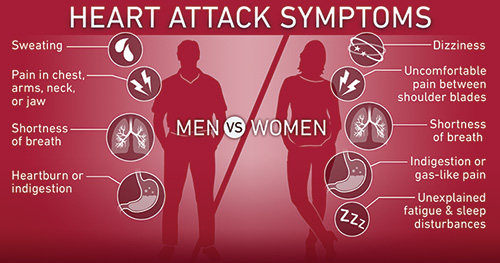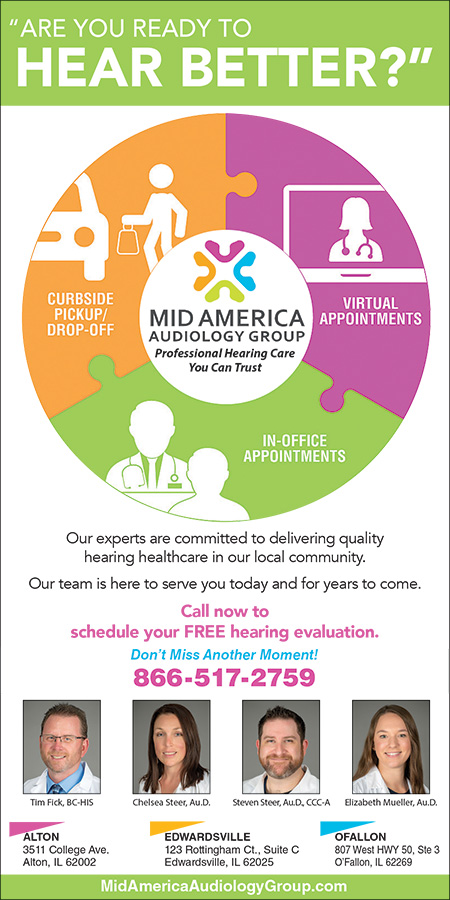 February is national heart health month. Why? Because heart disease is a leading cause of death in the United States for both men and women. But you can do a lot to protect your heart and stay healthy.
February is national heart health month. Why? Because heart disease is a leading cause of death in the United States for both men and women. But you can do a lot to protect your heart and stay healthy.
Heart-healthy living involves understanding your risk, making healthy choices, and taking steps to reduce your chances of getting heart disease, including coronary heart disease, the most common type. By taking preventive measures, you can lower your risk of developing heart disease that could lead to a heart attack. You can also improve your overall health and well-being.
The first step toward heart health is understanding your risk of heart disease. Your risk depends on many factors, some of which are changeable and others that are not. Risk factors are conditions or habits that make a person more likely to develop a disease. These risk factors may be different for each person.
Preventing heart disease starts with knowing what your risks factors are and what you can do to lower them.
RISK FACTORS FOR HEART DISEASE
- High blood pressure.
- High blood cholesterol.
- Overweight or obesity.
- Pre-diabetes or diabetes.
- Smoking.
- Do not get regular physical activity.
- A family history of early heart disease. For example, if your father or brother was diagnosed before age 55, or your mother or sister was diagnosed before age 65.
- A history of preeclampsia, which is a sudden rise in blood pressure and too much protein in the urine during pregnancy.
- Have unhealthy eating behaviors.
- Are age 55 or older for women or age 45 or older for men
Each risk factor increases your chance of developing heart disease. The more risks you have, the higher your overall risk.
Some risk factors cannot be changed. These include your age, sex, and a family history of early heart disease. Many others can be modified. For example, being more physically active and eating healthy are important steps for your heart health. You can make the changes gradually, one at a time. But making them is very important.
WOMEN AND HEART DISEASE
Women generally get heart disease about 10 years later than men do, but it’s still women’s number one killer. After menopause, women are more likely to get heart disease, in part because estrogen hormone levels drop. Women who have gone through early menopause, either naturally or because they have had a hysterectomy, are twice as likely to develop heart disease as women of the same age who have not gone through menopause. Middle age is also a time when women tend to develop other risk factors for heart disease, such as high blood pressure.
Preeclampsia, which is high blood pressure during pregnancy, raises your risk of developing coronary heart disease later in life. It is a risk factor that you can’t control. However, if you’ve had the condition, you should take extra care to monitor your blood pressure and try to lower other heart disease risk factors.
SEE YOUR HEALTHCARE PROVIDER
Risk factors such as high blood pressure or cholesterol generally don’t have obvious signs or symptoms. A crucial step in determining your risk is to see your provider for a thorough checkup and risk assessment. Your provider may use a risk calculator to estimate your risk of having a heart attack, having a stroke, or dying from a heart or blood vessel disease in the next 10 years or throughout your life.
For example, the Atherosclerotic Cardiovascular Disease (ASCVD) Estimator considers your cholesterol levels, age, sex, race, and blood pressure. It also factors in whether you smoke or take medicines to manage your high blood pressure or cholesterol.
Your provider can be an important partner in helping you set and reach goals for heart health. Ask about your risk for heart disease at your annual checkup. Since your risk can change over time, keep asking each year.
Know the signs of a heart attack
A heart attack, also called a myocardial infarction, happens when a part of the heart muscle doesn’t get enough blood.
The more time that passes without treatment to restore blood flow, the greater the damage to the heart muscle.
Coronary artery disease (CAD) is the main cause of heart attack. A less common cause is a severe spasm, or sudden contraction, of a coronary artery that can stop blood flow to the heart muscle.
SYMPTOMS
The major symptoms of a heart attack are:
- Chest pain or discomfort. Most heart attacks involve discomfort in the center or left side of the chest that lasts for more than a few minutes or that goes away and comes back. The discomfort can feel like uncomfortable pressure, squeezing, fullness, or pain.
- Feeling weak, light-headed, or faint. You may also break out into a cold sweat.
- Pain or discomfort in the jaw, neck, or back.
- Pain or discomfort in one or both arms or shoulders.
- Shortness of breath. This often comes along with chest discomfort, but shortness of breath also can happen before chest discomfort.
Other symptoms of a heart attack could include unusual or unexplained tiredness and nausea or vomiting. Women are more likely to have these other symptoms.

CALL 911 IMMEDIATELY
If you notice the symptoms of a heart attack in yourself or someone else, call 9-1-1 immediately. The sooner you get to an emergency room, the sooner you can get treatment to reduce the amount of damage to the heart muscle. At the hospital, healthcare professionals can run tests to find out if a heart attack is happening and decide the best treatment.
(Centers for Disease Control and Prevention)


